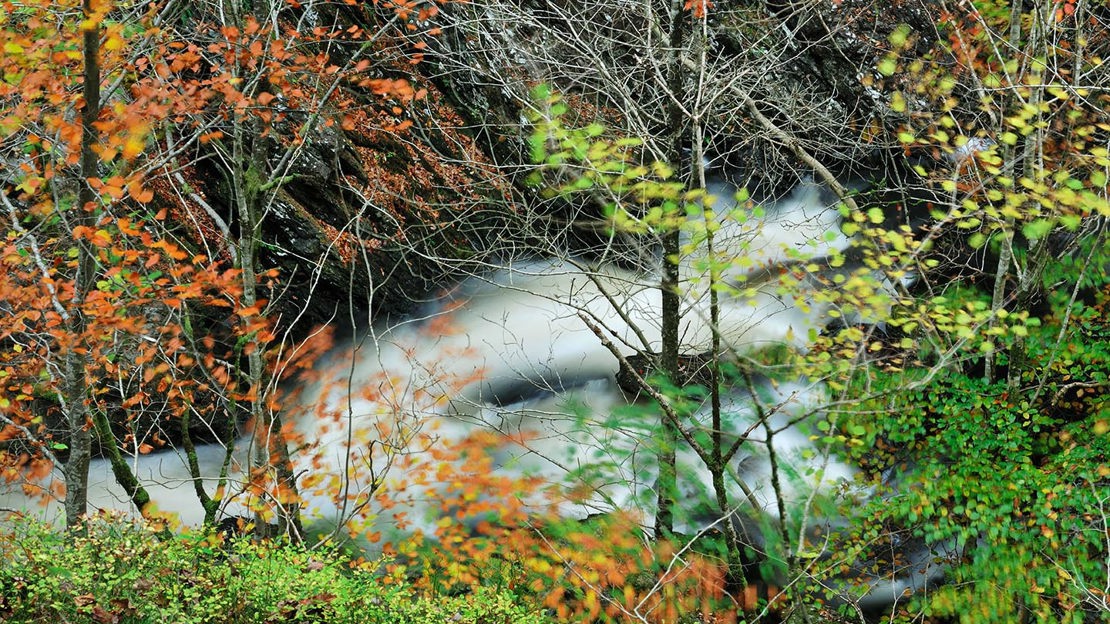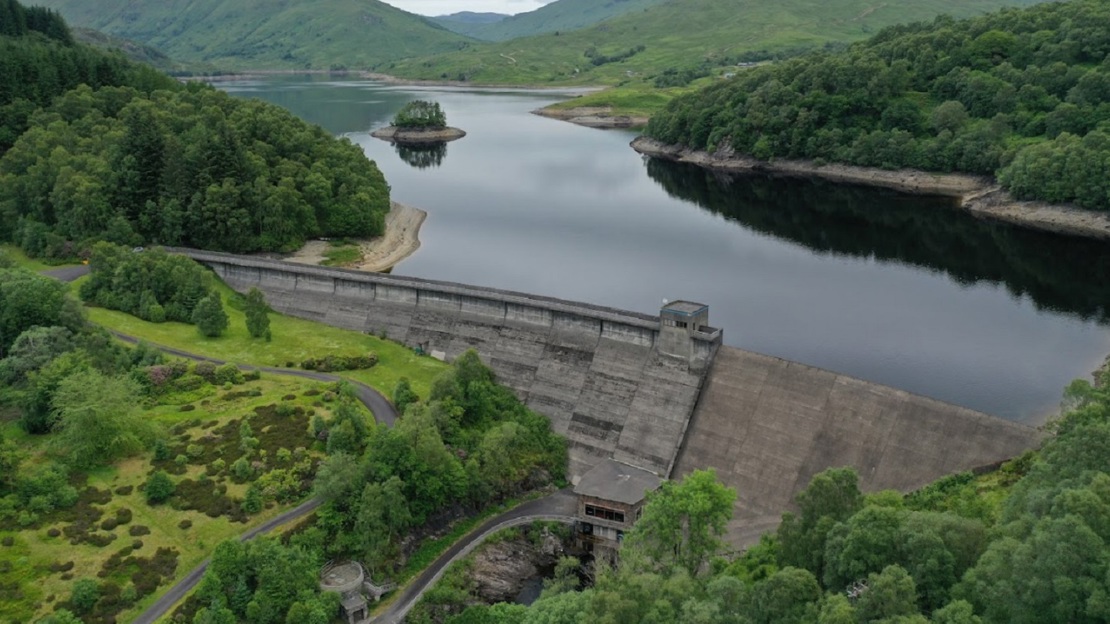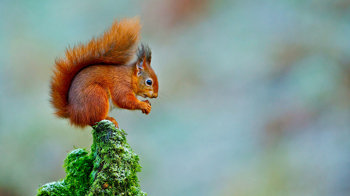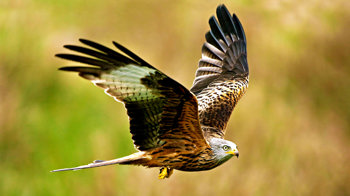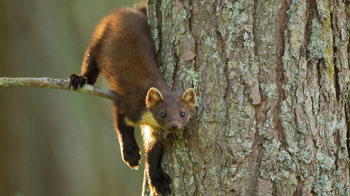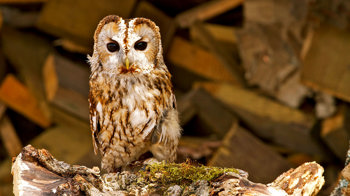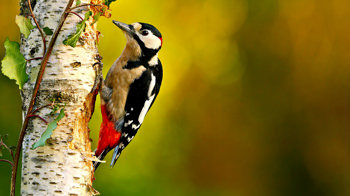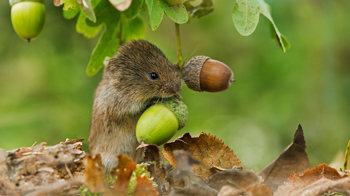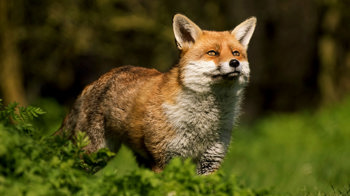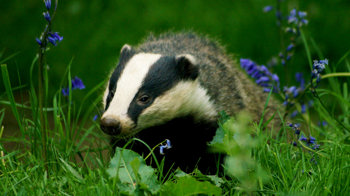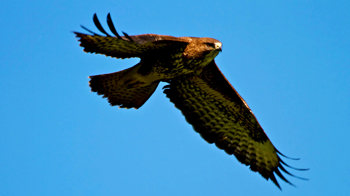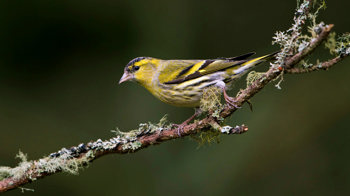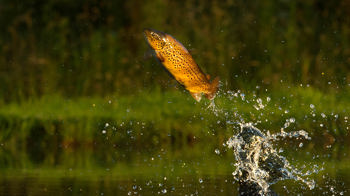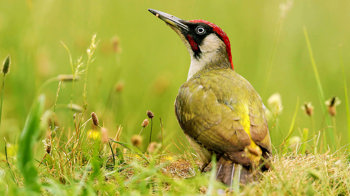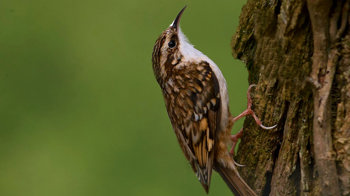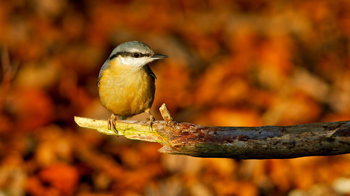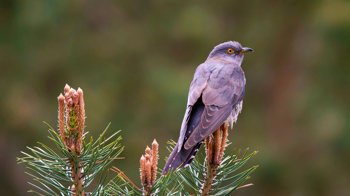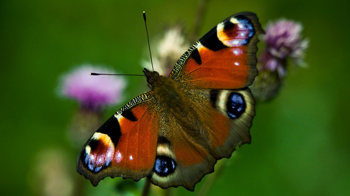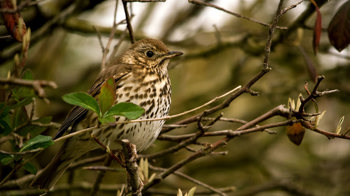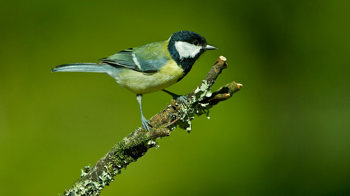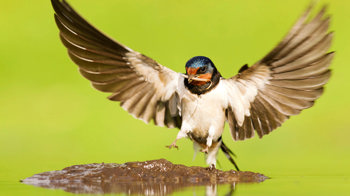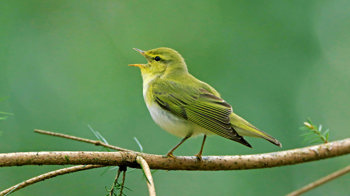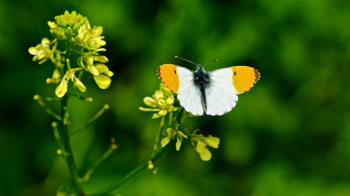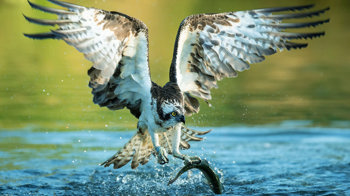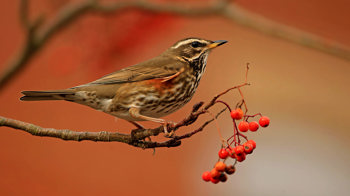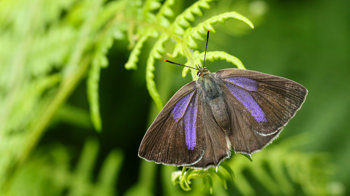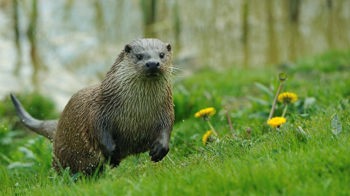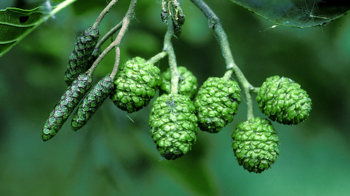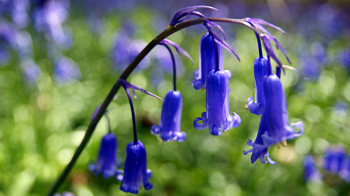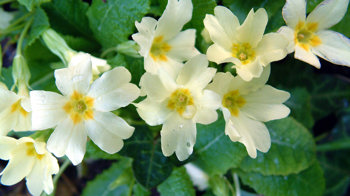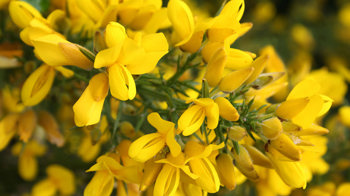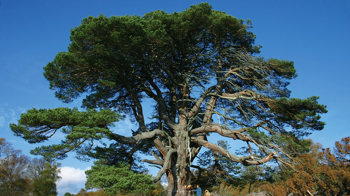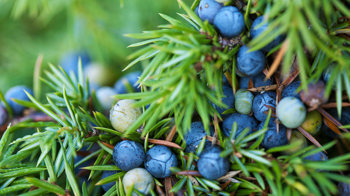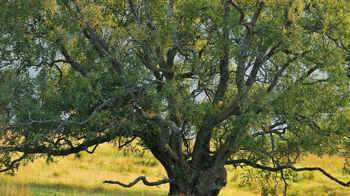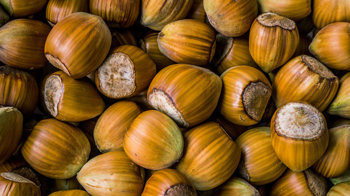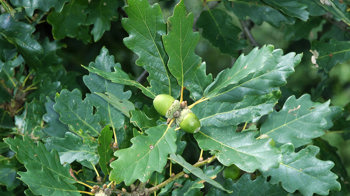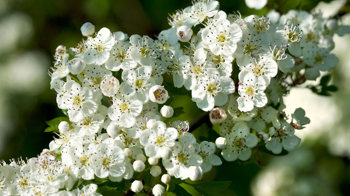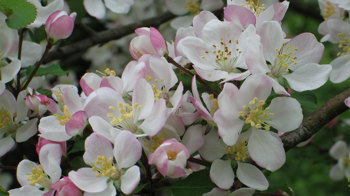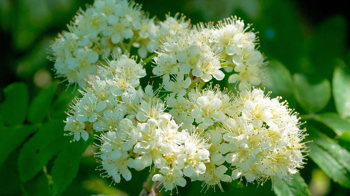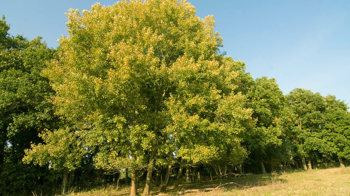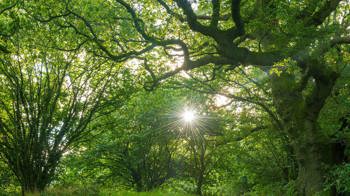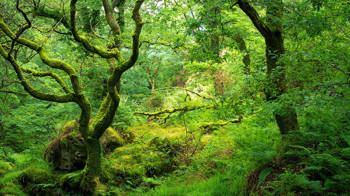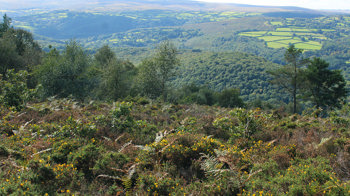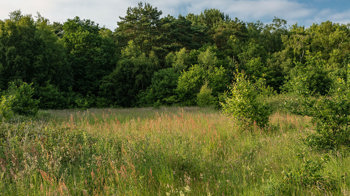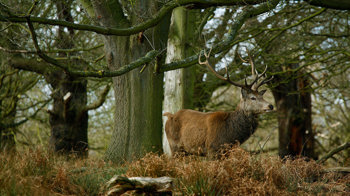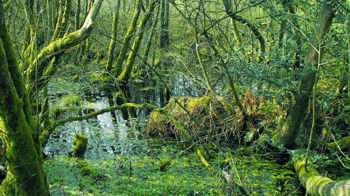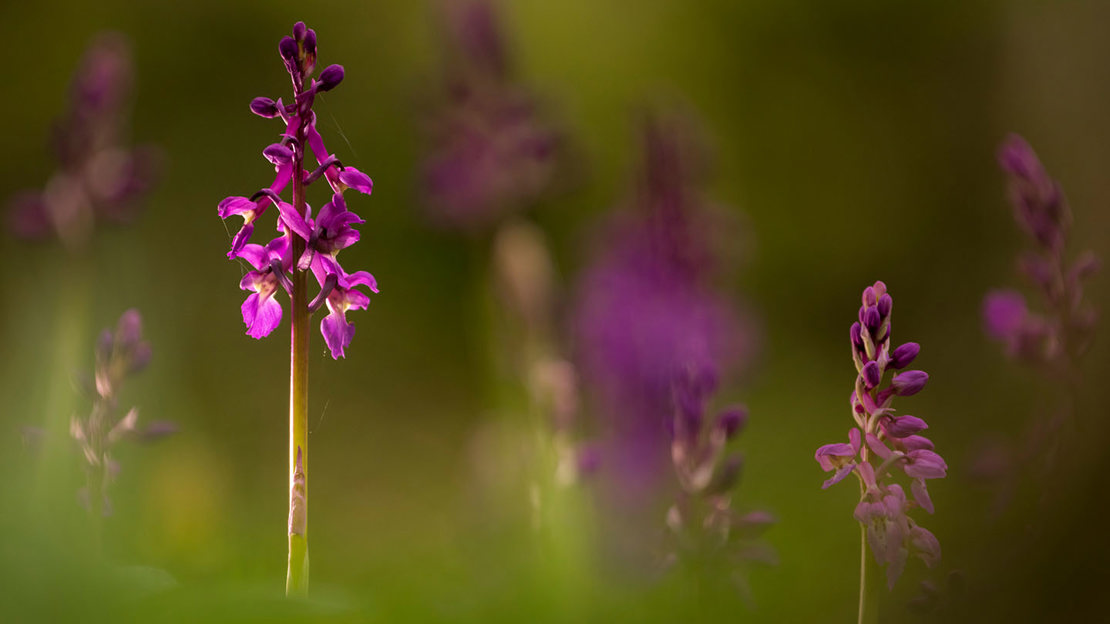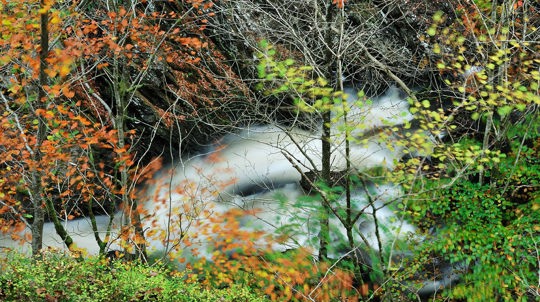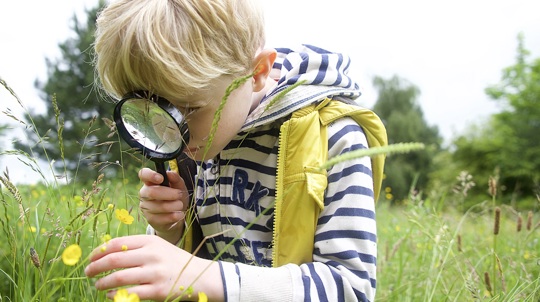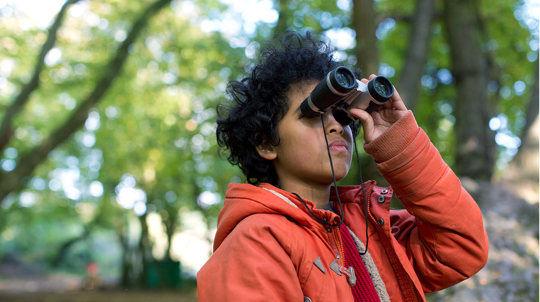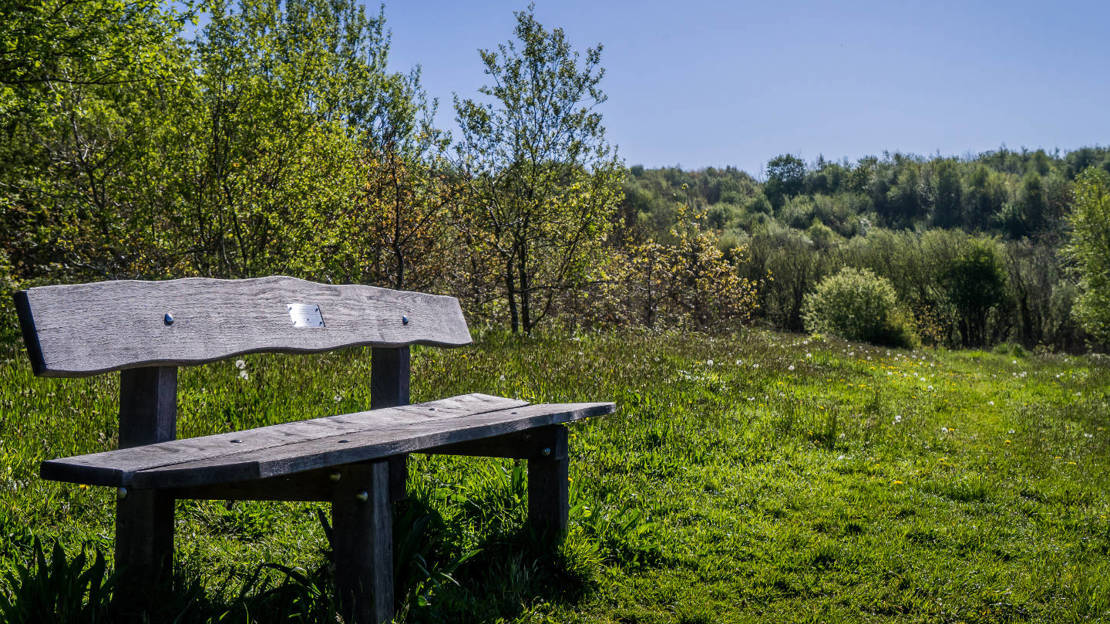About Glen Finglas
History
Glen Finglas is steeped in a rich history. The landscape was carved by glaciers during the last Ice Age and these have left behind large boulders, such as Samson’s Stone at Bochastle.
There is evidence of human settlement dating from medieval times. In 1364, Glen Finglas was taken into royal ownership and for over 300 years was a popular hunting forest for Scottish kings and nobility.
The famous outlaw, Rob Roy McGregor, immortalised by Sir Walter Scott’s historical novel, Rob Roy, lived in the area during the late 17th and early 18th centuries and is buried in the churchyard at the village of Balquhidder. Glen Finglas was the site of conflicts between the MacGregor and Colquhoun clans around this time.
Glen Finglas inspired poets such as Wordsworth, Coleridge and Gerard Manley Hopkins. Sir Walter Scott’s Glenfinlas (1803) is said to have been named after the glen and his epic poem, The Lady of the Lake (1810), is set around nearby Loch Katrine.
Conservation and threats
Glen Finglas is part of one of the most significant woodland regeneration projects to take place in a generation.
The Great Trossachs Forest NNR stretches from just outside Callander to the shores of Loch Lomond. With Glen Finglas in the east, the RSPB’s Inversnaid nature reserve in the west and Loch Katrine (managed by the Forestry Commission) in the middle, the project covers an area equal in size to Glasgow.
Launched in 2009 by the Scottish Forest Alliance, the project has a 200-year lifetime. Ultimately, it will be one of the largest native broadleaf woodlands in the UK, providing visitors and local people with a range of opportunities to experience this iconic landscape.
We’ve already achieved a lot. A large area of mosaic woodland and open habitats has already been created. Ecosystems damaged through years of over-exploitation continue to be restored and enhanced to increase the potential of wildlife to adapt to climate change, and partners work collaboratively to encourage as many people as possible to experience the incredible natural beauty and unique cultural heritage of the area.








